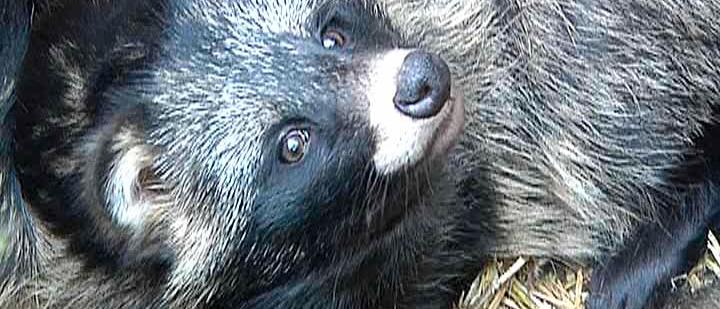UNSaveSpara
Expand-Left
Full-screen dogs are used as so-called “Judas animals” to find others from the same species. File image. Photo: Fritz Schibli / TT
Sharks that eat invasive fish, GPS-equipped mare dogs and goats that attract a partner who is then killed. All are examples of when animals are used to protect nature or other animals.
But is it ethically justifiable? Well, answers a new study.
– It is presented as the animals doing something that is part of their natural behavior. Then it is considered both nature -based, cost -effective and morally problematic. But often, more or less extensive human intervention is included, says Erica von Essen, researcher at the Stockholm Resilience Center.
Together with other researchers in a study, she has gone through how animals are used to control and fight invasive and unwanted species and concluded that there are doubts.
In the study, they include projects where goats and camels are provided with GPS transmitters to find other animals of their own kind. It makes it easier for hunters to locate and shoot them.
Looking for partners
In a Swedish project, invasive marty dogs have been captured and sterilized and then provided with a GPS that can be traced. The dog dogs have been released into nature to find a partner who can be killed by hunters. The same individual is released again to find a new intended partner.
– It is successful in such a way that it has reduced the stock. The dog dog is difficult for hunters to find.
Another project is when sharks were used to overcome an invasive lion fish in the Mediterranean. The crux was that the sharks were not at all interested in eating the fish.
– Then divers were helpful who fed the sharks with them so that they got to taste – a fairly extensive impact of man, says von Essen.
Ethical issues
Unlike laboratory animals in research, there is not the same routine for ethics approvals when wildlife is used. According to the researchers, they are considered more like substitutes or freelancers who are released when the assignment is completed.
– It may sound strange to talk about salary or pension, but you can think of the animals getting some form of reward for the work they do in human service. Instead, they are killed in some cases when the assignment is completed or if they make mistakes in the execution.
Facts jobs We let animals do
The researchers have identified five variants where people allow animals to perform “jobs”:
Act as sensors to monitor the surroundings.
Chase other species such as pests or invasive species.
Occupy surfaces to prevent other species to settle there.
Track and find rare groups of animals.
Infiltrate invasive species and knock them out from the inside.
Source: Stockholm Resilience Center
Read more
